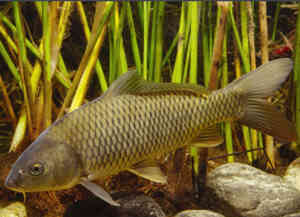
Cyprinus carpio
Cyprinus carpio,Common carp, carp, hairy fish, red fish, carp
The scales have the character "十" in Wenli, hence the name carp (···
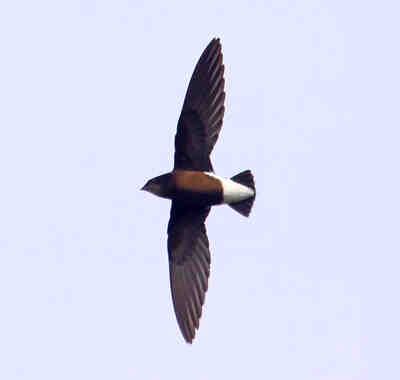
Hirundapus cochinchinensis
Hirundapus cochinchinensis,Silver-backed Needletail
Grey-throated Needle-tailed Swift often flies in open areas and over forests···
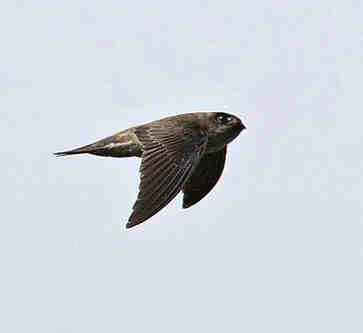
Aerodramus fuciphagus
Aerodramus fuciphagus,Edible-nest Swiftlet
The Java Swiftlet is called Edible-nest Swiftlet in English, and has 8 subsp···
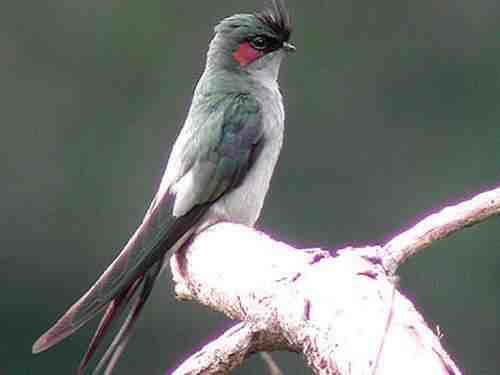
Hemiprocne coronata
Hemiprocne coronata,Crested Treeswift,Crested Tree Swift
The Crested Treeswift is called Crested Treeswift in English. There are 6 su···
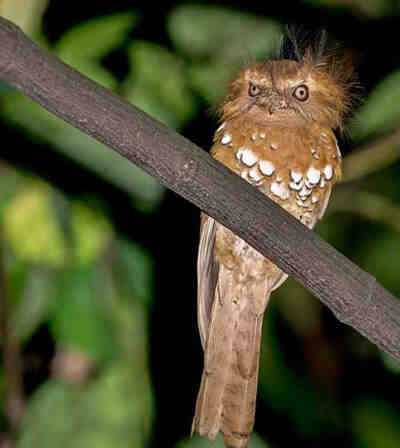
Batrachostomus hodgsoni
Batrachostomus hodgsoni,Hodgson's Frogmouth,Black-crowned Frogmouth, Black-crowned Frogmouth
The Black-capped Frogmouth Nightjar, also known as Hodgson’s Frogmouth in f···
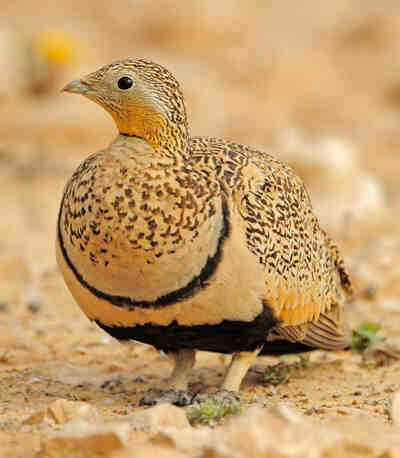
Pterocles orientalis
Pterocles orientalis,Black-bellied Sandgrouse
Black-bellied Sandgrouse, there are 2 subspecies.Black-bellied Sandgrouse is···
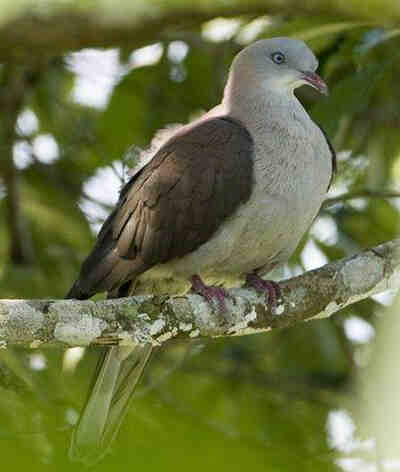
Ducula badia
Ducula badia ,Mountain Imperial Pigeon,Millet-backed imperial pigeon, Grey-headed southern pigeon
Mountain Imperial Pigeon is called Mountain Imperial Pigeon in foreign langu···
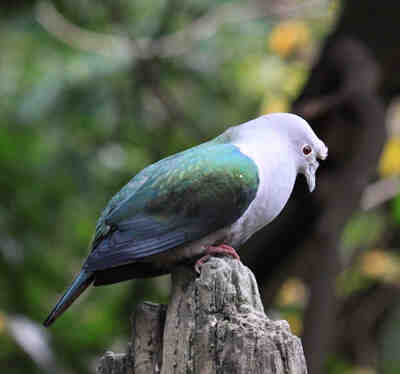
Ducula aenea
Green dove, big green dove, big green pigeon,Ducula aenea,Green Imperial Pigeon
Green Imperial Pigeon, also known as Green Imperial Pigeon, has 15 subspecie···
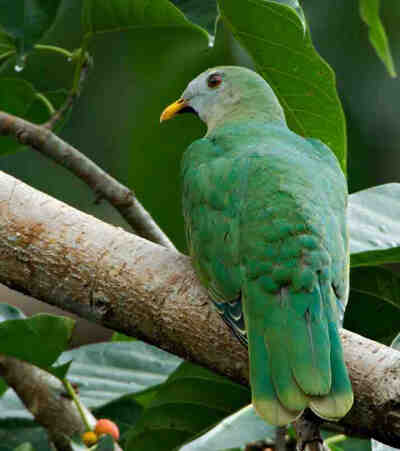
Ptilinopus leclancheri
Black-chinned Green Pigeon, Little Green Pigeon,Ramphiculus leclancheri,Black-chinned Fruit Dove,Ptilinopus leclancheri
Black-chinned Fruit Dove, also known as Black-chinned Fruit Dove, has 4 subs···
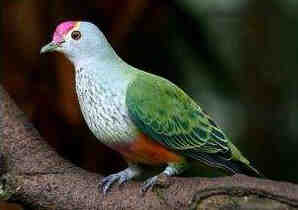
Treron formosae
Taiwan Green Pigeon,Treron formosae,Whistling Green Pigeon
The Whistling Green Pigeon has four subspecies.The Whistling Green Pigeon of···
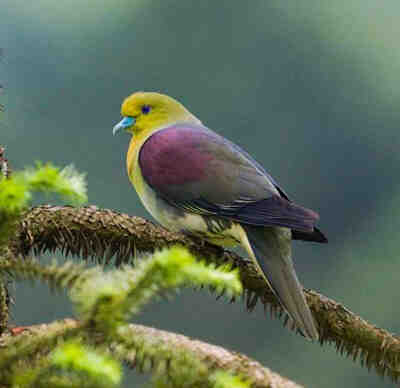
Treron sieboldii
White-bellied Wedge-tailed Pigeon, White-bellied Wedge-tailed Green Pigeon,Treron sieboldii,White-bellied Green-pigeon
The foreign name of the Red-winged Green-pigeon is White-bellied Green-pigeo···
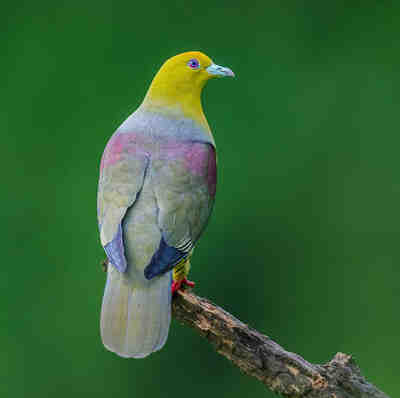
Treron sphenura
Green Pigeon,Treron sphenura,Wedge-tailed Green Pigeon
Wedge-tailed Green Pigeon has four subspecies.Wedge-tailed Green Pigeon is a···
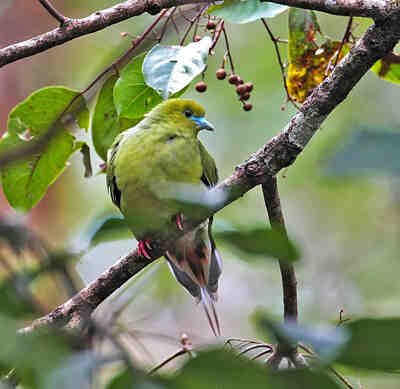
Treron apicauda
Treron apicauda,Pin-tailed Green-pigeon
Pin-tailed Green-pigeon, also known as Pin-tailed Green-pigeon, has three su···
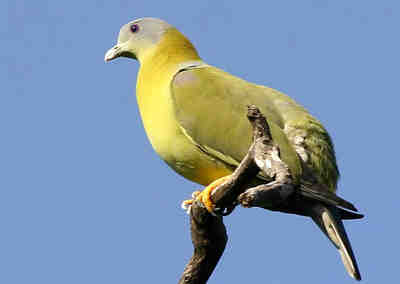
Treron phoenicoptera
Common Green Pigeon,Treron phoenicoptera,Yellow-footed Green Pigeon
Yellow-footed Green Pigeon, also known as Yellow-footed Green Pigeon, has 5 ···
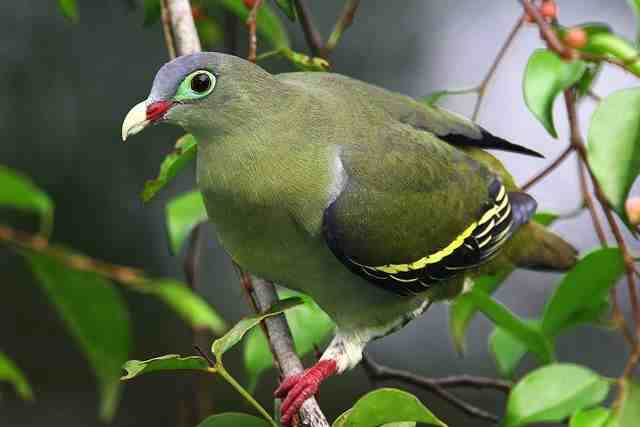
reron curvirostra
Rough-billed Green Pigeon,Treron curvirostra,Thick-billed Green Pigeon
Thick-billed Green Pigeon, also known as Thick-billed Green Pigeon, has 9 su···
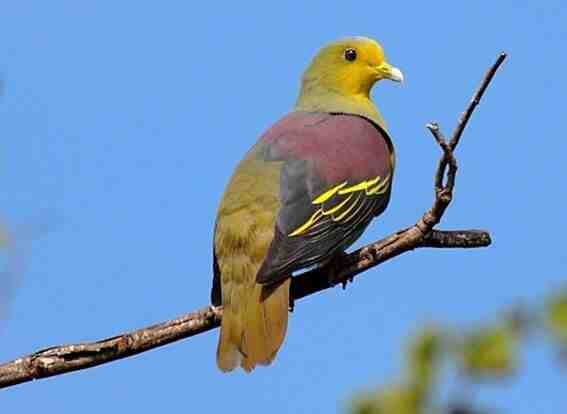
Treron pompadora
Gray-headed green pigeon, Gray-headed mountain pigeon,Treron pompadora,Pompadour Green-pigeon
Grey-headed green pigeons are called Pompadour Green-pigeon in foreign langu···
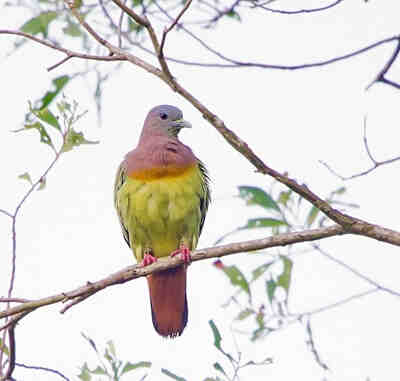
Treron bicinctus
Red-breasted Green Pigeon, Orange-breasted Pigeon, Yellow-breasted Green Pigeon,Treron bicinctus,Orange-breasted Green-pigeon
Orange-breasted Green-pigeon has four subspecies.Orange-breasted Green-pigeo···
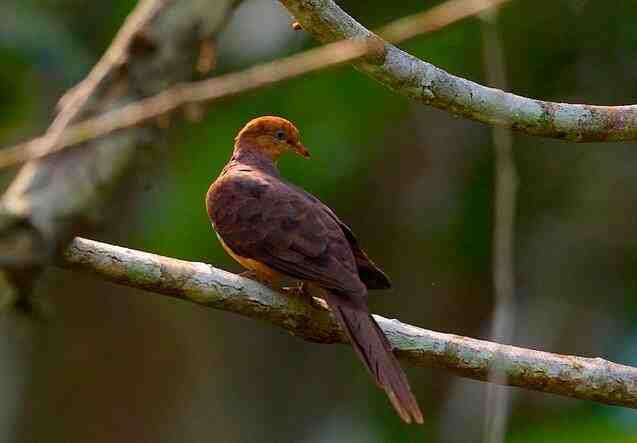
Macropygia ruficeps
Brown-headed cuckoo dove, Lesser red cuckoo dove,Macropygia ruficeps,Little Cuckoo-dove
Little Cuckoo-dove is called Little Cuckoo-dove in English, and there are 8 ···
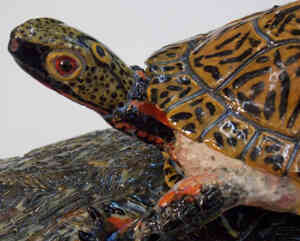
Sacalia bealei
Sacalia bealei,Beal's eyed turtle,Spotted turtle
The spotted turtle is aquatic, mainly living in streams with slow and clear ···
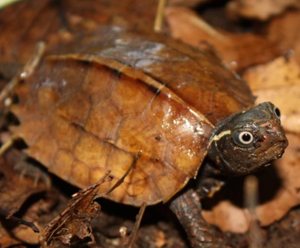
Geoemyda spengleri
Geoemyda spengleri,Black-breatsed Leaf Turtle,Golden turtle, twelve-horned turtle, maple leaf turtle, black-breasted leaf turtle, twelve-winged turtle
The ground tortoise lives in the shaded and moist areas near streams in the ···
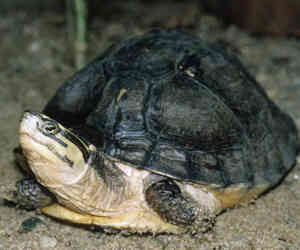
Cuora
Cuora,Broken plate turtle, snake turtle, snake-claw turtle, Asian box turtle
The genus Cuora (scientific name: Cuora) is a genus of Testudinata, Testudin···
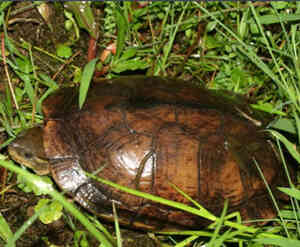
Mauremys mutica
Mauremys mutica,Stone turtle, stone golden coin turtle, water turtle, yellow turtle, fragrant turtle
The yellow-throated water turtle lives in the waters of hilly areas, mountai···
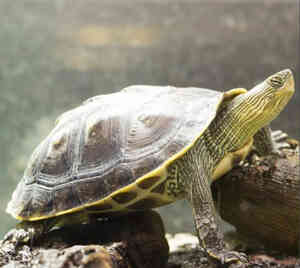
Mauremys sinensis
Mauremys sinensis,Chinese Stripe-necked Turtle,Ocadia sinensis Gray,1834,Chinese turtle, spotted turtle, pearl turtle, long-tailed turtle, Taiwan turtle
The flower turtle is an aquatic turtle. It is water-loving and has the habit···

Mauremys nigricans
Mauremys nigricans,Red-necked pond turtle,Painted turtle, black-necked painted turtle, three-lined turtle, Guangdong grass turtle, black-necked terrapin
The black-necked turtle is large in size and lives in streams in subtropical···
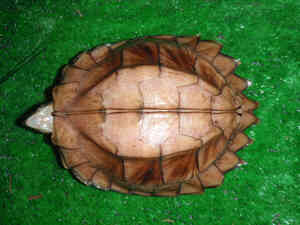
Cyclemys oldhamii
Cyclemys oldhamii,Snake-catching turtle, snake-catch turtle, snake-killing turtle
The European turtle is a wild animal of the order Testudinata and family Geo···
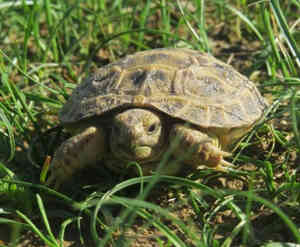
Testudo horsfieldii
Testudo horsfieldii,Afghan Tortoise Central Asian Tortoise Four-toed Tortoise Horsfield's Tortoise Steppe Tortoise,Land turtle, taspaha, prairie tortoise, land tortoise, turtle
In the Yili River Valley in Xinjiang, China, there is a small creature calle···
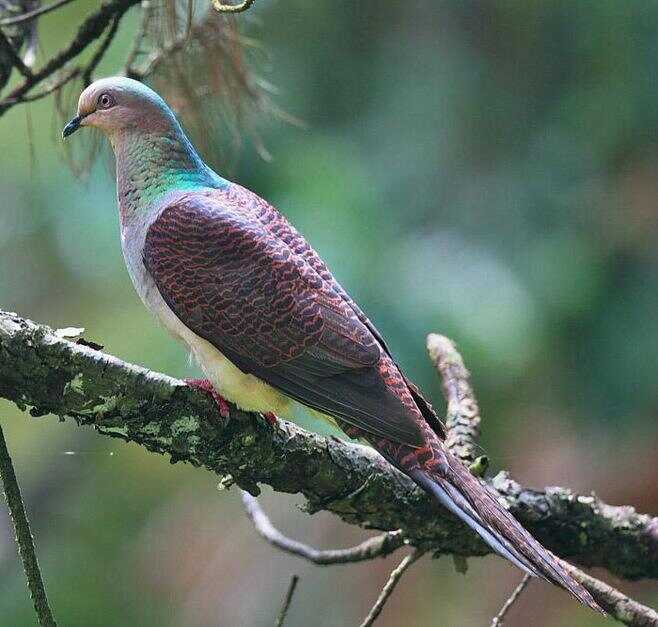
Barred Cuckoo-dove
Pied coffee chase,Macropygia unchall,Barred Cuckoo-dove
Barred Cuckoo-dove has three subspecies.Cuckoo doves are resident birds, par···
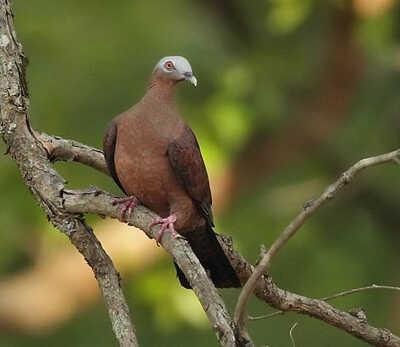
Columba punicea
Columba punicea,Pale-capped Pigeon
The foreign name of the purple forest Pigeon is Pale-capped Pigeon, no subsp···
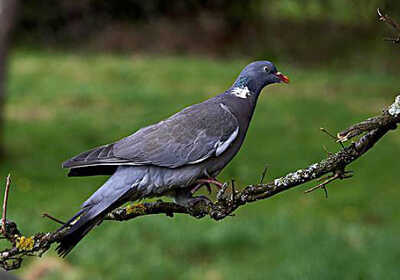
Green Imperial-pigeon
Wood pigeon, common wood pigeon,Columba palumbus,Green Imperial-pigeon
There are 6 subspecies of Green Imperial pigeon. Columba palumbus casiotis (···
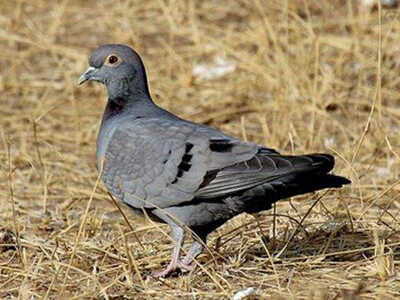
Pale-backed Pigeon
Pale-backed Pigeon,Columba eversmanni
The Central Asian Pigeon is known as Pale-backed Pigeon and has no subspecie···
